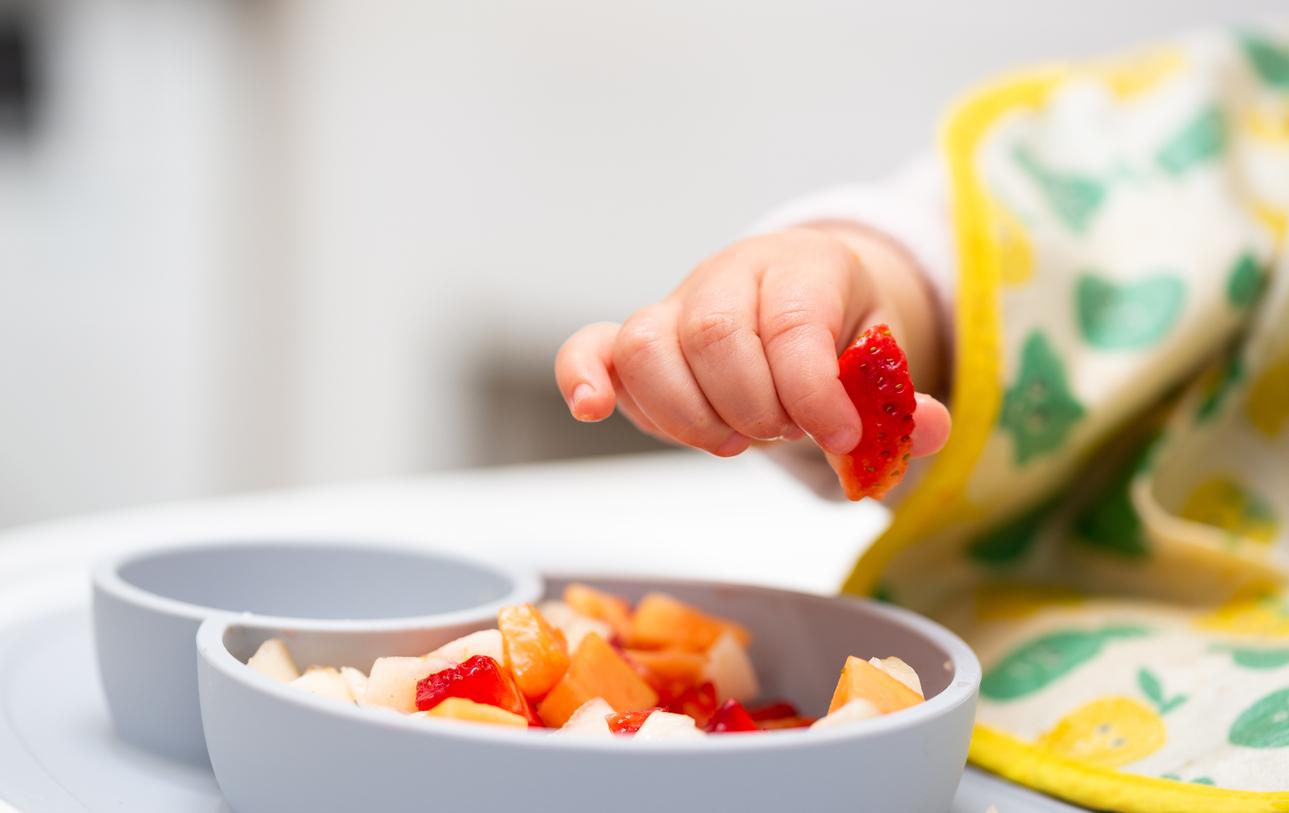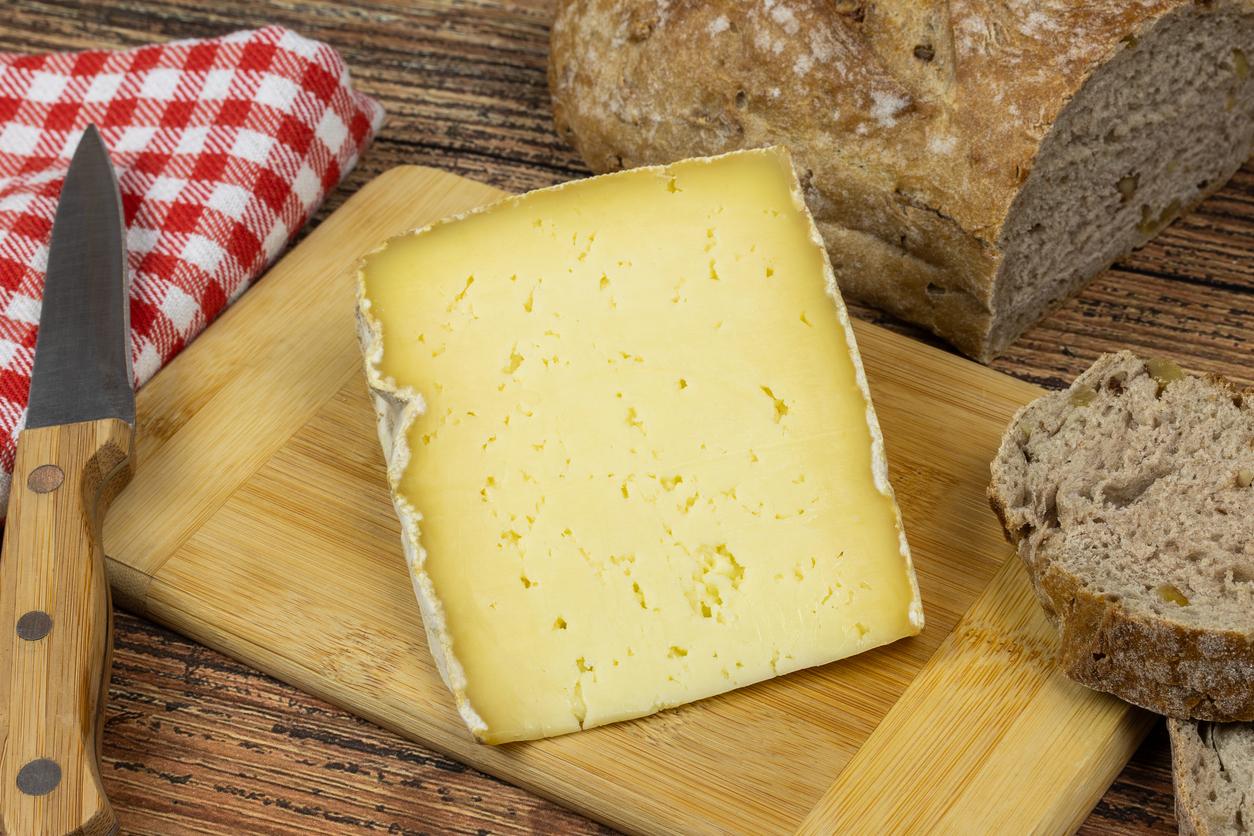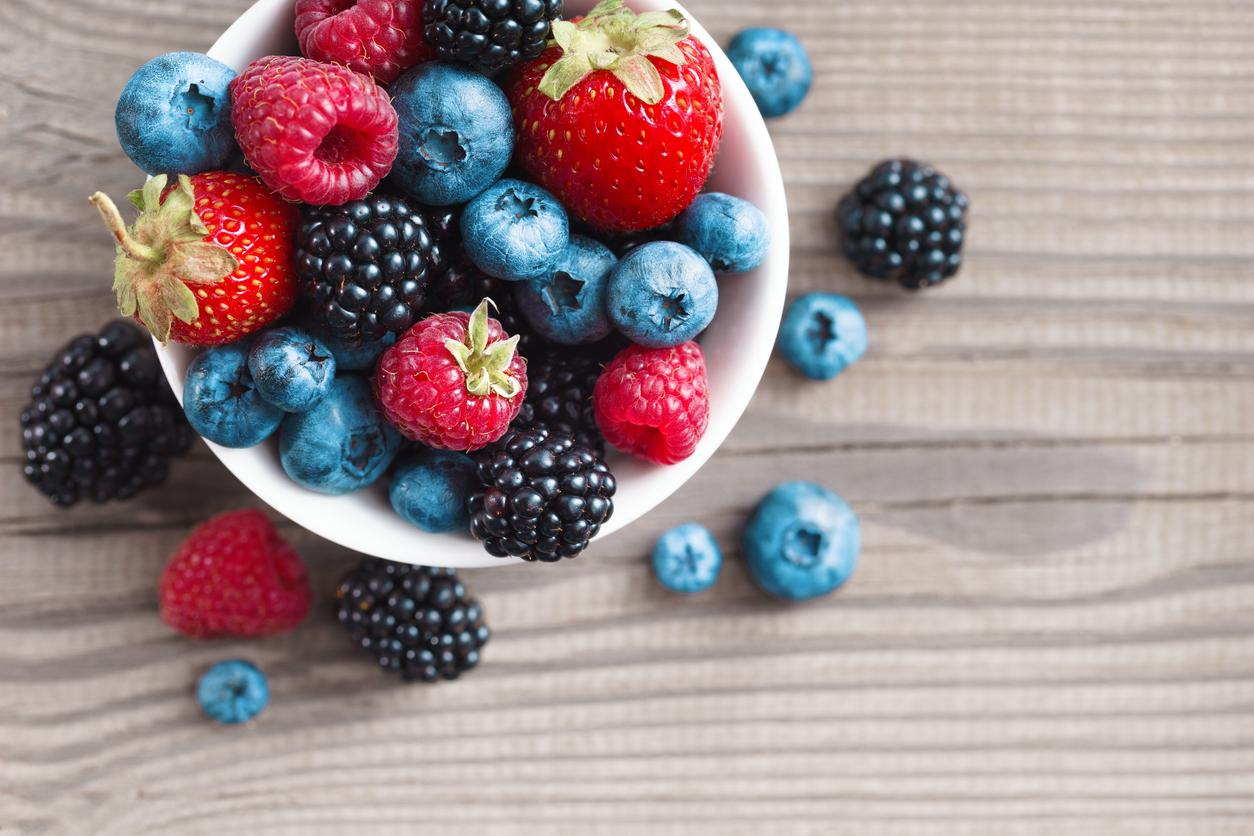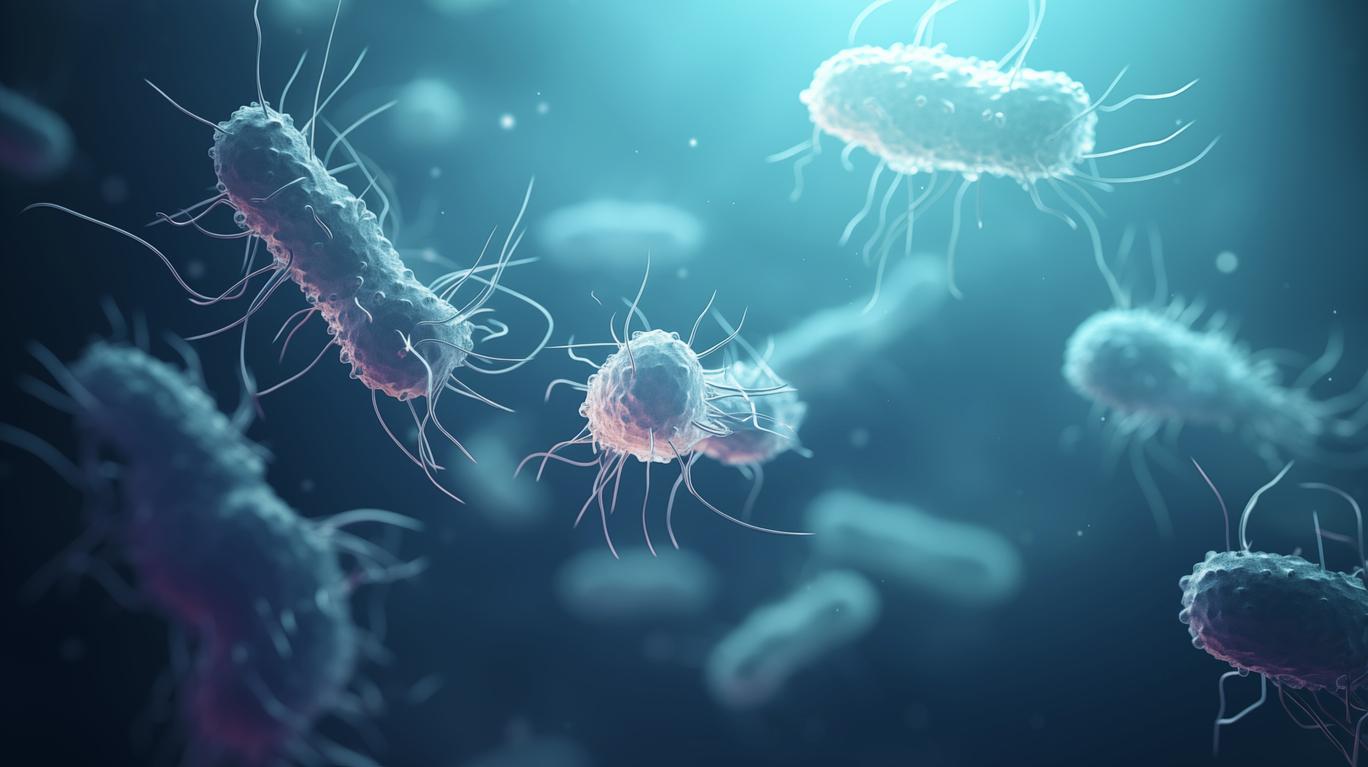For the first time, scientists have assessed the number of bacteria we swallow at each meal.

- Bacteria are living micro-organisms, just like viruses and fungi.
- They were discovered at the end of the 17th century by Anthoni Van Leeuwenhoek, a Dutch naturalist, who invented microscopy.
We don’t necessarily know it, but the foods we eat contain bacteria. Some are dangerous, but others are rather beneficial for the body.
Foods classified
Based on this assumption, American researchers have tried to calculate the amount of live bacteria that we eat at each meal. In their study, published in The Journal of Nutrition Nutritional Epidemiologythey explain that they have classified foods according to their bacterial density: low (104 live bacteria/g), medium (104-107 live bacteria/g) or high (>107 live bacteria/g).
Next, “we sought to estimate the intake of dietary bacteria in children aged 2 to 18 years and in adults over 19 years residing in the United States”, they write. After analyzing the nutritional habits of the members of the cohort, the per capita consumption of foods moderately rich in bacteria, very rich or belonging to both categories was respectively 69, 16 and 85 grams per day for children and adolescents, then 106, 21 and 127 grams per day for adults.
Increase
“This study indicates that Americans steadily increased their consumption of foods containing bacteria between the first (2001-2002) and last (2017-2018) cycles of our survey,” conclude the researchers. “Further research is needed to determine the relationships between exposure to food bacteria, overall health status, and human biomarkers,” they finish.

















